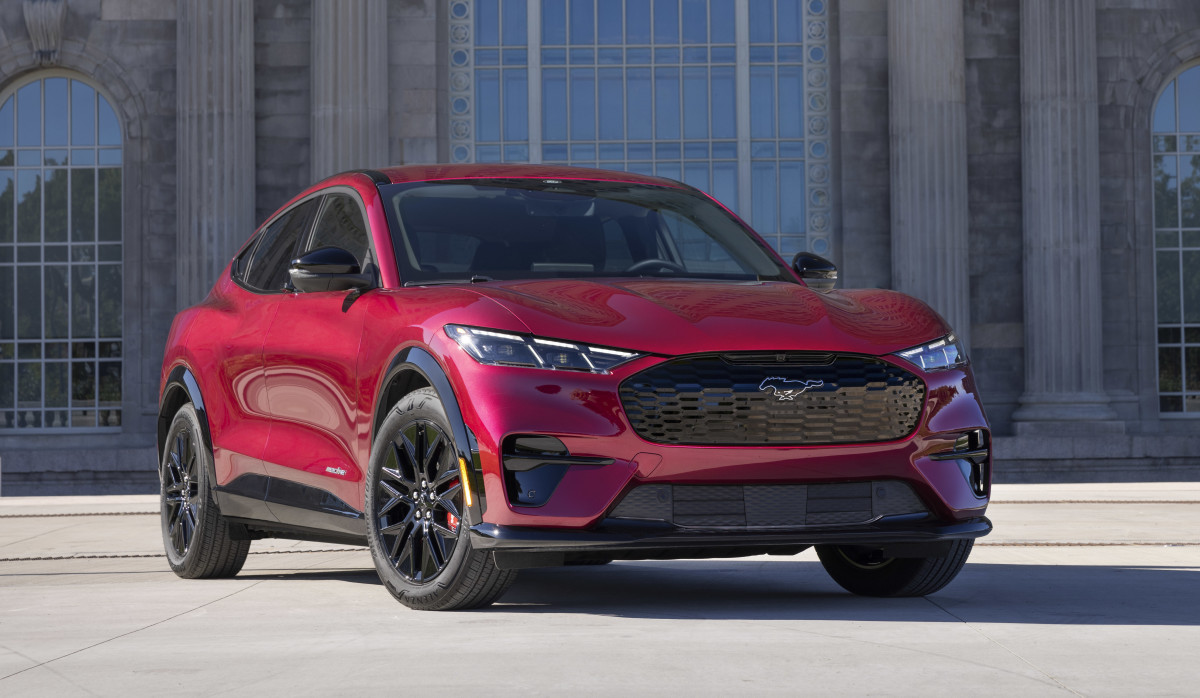Ford’s New Tech Path

Diving into the realm of automotive technology, Ford, like its peers Tesla and Rivian, has been on a mission to reimagine vehicles as “software-defined.” This concept pivots from traditional hardware-focused improvement to a system where software updates drive most advancements. Ford’s ambitious journey—and costly investment—into the FNV4 platform has recently hit a major shift, as they’ve decided to steer back a step and integrate this tech into their current architecture, cleverly named FNV3.X.
New Strategy

In taking this new path, Ford isn’t looking to reinvent the wheel but rather optimize its existing structure. Doug Field, the tech lead from Ford’s team in California, elucidates that merging FNV4 into FNV3.X leverages the strengths they were aiming for: quicker, more accessible software updates across Ford’s vast lineup. This tactical pivot allows Ford to maintain its extensive model lineup while subtly ushering in advanced features over time.
For automotive consumers, this means continued evolution without drastic hardware overhauls, leading to potentially seamless integration of new features into existing models. Features like faster over-the-air updates and enhancements to security, driving dynamics, and infotainment are slated for a wider audience in Ford’s current lineup.
EVs vs. Traditional Vehicles
The push for a zonal architecture system, which is less intricate and more unified, is attractive, especially in the electric vehicle landscape. EVs’ simpler mechanical design aligns well with software-defined platforms. However, traditional gas and hybrid vehicles pose a more complex challenge. By choosing an incremental innovation strategy, Ford remains flexible, ensuring cutting-edge technology isn’t limited to just their electric models but extends to gas-powered staples like the iconic Mustang and the rugged F-150.
Looking Forward
Ultimately, it’s about tailoring technology to real-world driving experiences. As Field outlines, Ford’s customer base is diverse, from those enjoying recreational drives in a Mustang to businesses using F-150 fleets. Each segment requires tailored experiences, showing that a ‘one size fits all’ approach may not suit every automotive arena. Understanding this might have saved Ford from this reset, but each step forward informs the next, bringing future innovations into clearer focus.
“`
This HTML-formatted article caters to an audience familiar with vehicular advancements, offering insights into the strategic pivots Ford is making while maintaining a friendly, conversational tone ideal for engaging an older brother or uncle interested in the changing automotive landscape.
GLS450 Price Plunge
Tesla Troubles Ahead
Aging Car Trends
1981 Chrysler Classic
Custom Off-Road Beast